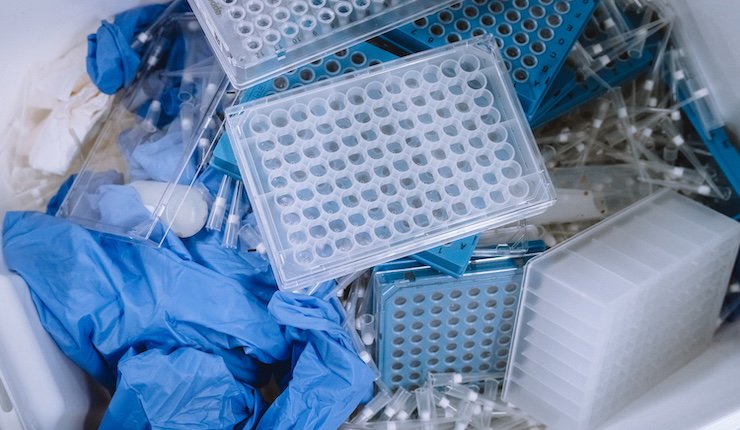Plastic has long been criticized around the world, and there's a point to that criticism. This material has caused enough damage to create another environmental hazard, named after it: plastic pollution.
But beyond the harm caused by plastics, some researchers in various industries, particularly healthcare, have discovered a minefield of benefits brought by plastics, especially in medical devices.
This has made medical plastics a well-established market in its own right. According to a study by Fortune Business Insights, the market value of medical plastics is expected to reach USD 54.29 billion by 2027.
Medical plastics, as the name suggests, are plastics used in the manufacture of medical devices such as syringes, inhalation masks, and IV tubing. You may be surprised to learn that the use of plastic in healthcare products is not a recent phenomenon. Understand how this humble material became a mainstay in the medical industry, replacing popular metals.
History of the use of plastics in medical devices
Metals have long been used in the medical field due to their versatility. They are still primarily used to manufacture a wide range of medical equipment, from steel plates and dental implants to surgical instruments. However, the reuse of metal-based medical devices has increased the risk of patients contracting hospital-acquired infections (HAIs). In addition to this, the high cost of procuring metal to manufacture these devices has made it difficult for device manufacturers to continue working with metal. These factors acted as a catalyst for medical researchers to seek new and cost-effective materials. This led to the discovery of plastics in the 18th century and experiments to understand their role in reducing production costs without compromising processing quality. However, this material only became popular in the medical device industry in the 20th century, and has been used ever since. Currently, high-performance plastic polymers are widely used in the manufacture of disposable medical devices and play an important role in reducing the risk of HAIs.
The central role of plastics in transforming the medical device industry
The healthcare industry is evolving at a rapid pace every year. Technologies that were popular a few years ago are now obsolete. This also applies to medical devices. As a result, manufacturers are constantly searching for new materials and manufacturing techniques to improve the performance of their products. But one material that has remained resilient through these changes is plastic. Due to their high versatility, plastics continue to be a key component in the manufacture of various medical devices. Here are some ways this material has revolutionized the way the healthcare industry operates.
High sterility
One of the most important properties that has popularized the use of plastics in medical device manufacturing is their sterility. Medical plastics are widely used to make surgical gloves, IV tubing, and insulin pens. The increased production of disposable medical devices is promoting the use of antimicrobial plastics, one of the most widely known medical plastics, as it can protect patients from cross-contamination and hospital-acquired infections (HAIs).
Safety during transportation
Another key factor that makes medical plastics a mainstay in the medical device manufacturing industry is their safety. These plastics are inherently durable and safe for transporting vaccines and medicines to patients in remote and rugged areas. Additionally, many medical plastics manufacturers have introduced protective coatings on their products to protect the quality and integrity of the packaged materials.
Development of new medical devices
Years of research and development to understand the scope of plastics have enabled manufacturers in the medical industry to come up with new uses for plastics, such as making stents, pacemakers, and joint replacement devices.
Therefore, although the medical industry is rapidly evolving, medical plastics have played an important role in the modernization of daily operations. These changes brought about by the use of medical grade plastics have not only improved the quality of patient care, but also made doctors' lives much easier.
From fibers to additive manufacturing – the future of medical plastics
With so many applications of medical grade plastics already in place, the question arises: “What is the future of medical plastics?” The importance of these plastics has increased significantly in recent years as medical researchers constantly introduce new technologies and production techniques to develop cutting-edge medical devices. These plastics are now also used in other industries such as additive manufacturing and textiles. The concept of connected textiles is becoming widespread, where fabrics are connected to medical devices to provide regular and direct updates on a patient's health status, thereby helping medical professionals develop appropriate treatment plans. Helpful. Additive manufacturing, also known as 3D printing, is gaining a lot of attention in the healthcare industry. Further adoption of medical plastics is expected as they can be used to manufacture a variety of diagnostic equipment to perform vital tests and detect chronic diseases early. The wide and ever-expanding range of applications for these plastics will provide promising opportunities for growth in this market.

